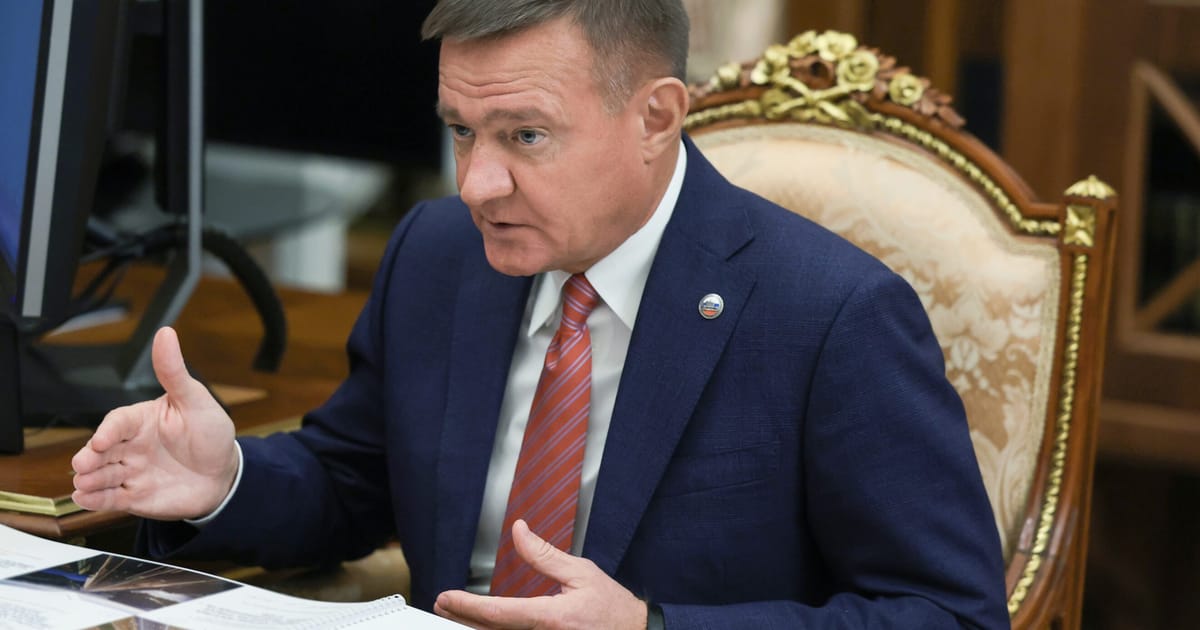

In a landscape marked by geopolitical tensions and diplomatic maneuvers, recent developments have underscored both the challenges and opportunities for peace in various regions. From the air traffic disruptions in Russia due to Ukrainian drone activities, to the intricate dialogues aiming to defuse tensions in the Middle East, these global stories reveal a tapestry of interconnected events.
In Russia, President Vladimir Putin made a notable decision by relieving the transport minister following an incident where Ukrainian drones severely interrupted Russian air traffic. This incident highlights the growing use of technology in modern conflicts and the resulting impact on civilian sectors such as transportation. These disruptions have amplified calls for more robust security measures in airspace management, reflecting a need for enhanced vigilance and cooperation in an era where traditional and new technologies intersect.
On a different front, the complex political dynamics of the Middle East have seen pivotal moves aimed at stabilization. U.S. President Donald Trump is set to meet Israeli Prime Minister Benjamin Netanyahu at the White House. This meeting comes in the wake of joint military operations between the U.S. and Israel against Iran, aiming to curb Tehran’s nuclear ambitions. Both leaders are navigating a landscape fraught with challenges but also ripe with possibilities for initiating a ceasefire in the ongoing Gaza conflict. Netanyahu’s visit to Washington is seen as a strategic positioning in these peace negotiations, reflecting a delicate dance of diplomacy and military strategy.
Meanwhile, as Israeli airstrikes continue in Gaza, resulting in significant casualties, discussions for a ceasefire have reached a crucial juncture. The tragic loss of life emphasizes the urgent need for a diplomatic solution, with international actors urging for renewed dialogue. The focus remains on mitigating the humanitarian impact while establishing a durable peace agreement that addresses the concerns of all parties involved.
Additionally, the shadowy realm of espionage has surfaced with revelations of Iran’s attempts to recruit spies within Israel. According to court documents, these efforts have been underway since last year’s missile exchanges, highlighting the often unseen dimensions of international conflicts. The exposure of this espionage network adds another layer of complexity to the already strained relations between the two nations.
Concurrently, Israel has reportedly targeted Iranian nuclear scientists in a series of strategic operations. The recent killings of key figures in Iran’s nuclear program signify an aggressive approach towards thwarting nuclear proliferation in the region. These measures, while controversial, underscore Israel’s commitment to its national security objectives but also illustrate the broader regional security concerns regarding nuclear capabilities.
The unfolding events across these regions reflect a world in flux, where every action and reaction can reverberate globally. As stakeholders continue to engage in talks and address military escalations, the aspiration for peace remains a guiding star amidst the turbulence. These narratives remind us of the power of dialogue, the importance of strategic patience, and the ultimate pursuit of stability and security for all nations involved.
Source: {link}
